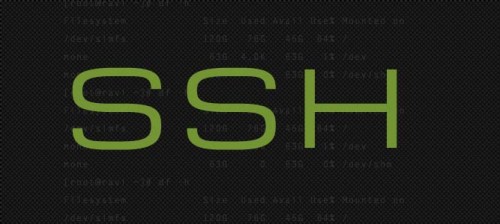eAccelerator is a popular PHP accelerator and optimizer. It improves and increases the performance of PHP scripts by caching them. […]
How to delete all error_log files of all accounts on a server
Error_log file saves the error logs of a account / user / website. There can be multiple error_log file under […]
How to delete a file or folder via SSH
SSH is the fastest and easiest way to delete multiple files or a complete folder on a server. Please take […]
How to Install and Un-install NANO
Nano is a small and easy to use text editor for Linux. By default nano might not be installed on […]
How to block IP range in CSF firewall
If you want to block a complete IP range in CSF firewall, please follow these steps: Let’s say you want […]

How to exit from Tail command in SSH
Tail is a very useful SSH command to read a file. Its like cat command but it only reads a […]
How to find MySQL Version Installed on Server
You can find the MySQL version on your server using a simple SSH command. Login in server via SSH, and […]

How to kill all process of a user via SSH
Sometimes you may need to kill all process of a particular user. This can be done using following SSH command. […]

Solution – R1soft Error Failed to connect to (hostname) after 120000 milliseconds
Problem: R1soft server is unable to connect to Agent server, and giving following error message. [alert style=red_a] Failed to connect […]

How to check PHP settings of your web hosting account
Sometimes you need to check and see what are php settings of your web hosting account. You can create a […]
